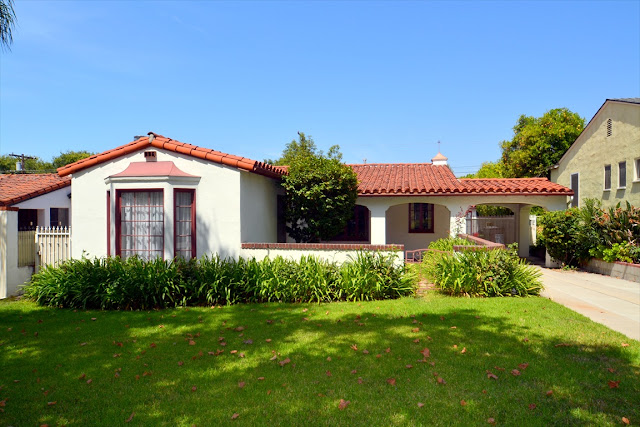The Soral and the Grid (Page 3)
Thus, the university was developed as a city complete in all respects within a city, embodying an interweaving of geometric and picturesquely ordered elements, and it is here, that the originality of thought and creativity of Jeanneret and his associates is revealed to us.
The original plan prepared by Chowdhury was a modest one to suit the needs of the then student population. None could envisage the phenomenal growth of the university at that time. Jeanneret revised the master plan and put his signature on most of the major buildings such as, the science and Arts Faculty Departments, the Auditoriums, Open-Air Theatre, the University Library, Gandhi Bhavan, the Museum of Fine Arts, the Administrative Block, the Health Centre, hostels for boys and girls and houses for the university staff.
The overall quality of the built-environment of the university bears Jeanneret's un mistakable touch. His sensitivity to proportional relationships and richness of textural details make him an outstanding architect of his own standing. His achievement is embodied not only in the individual buildings, but also in their subtle visual and spatial relationships to one another. Presently, the campus is a self-contained complex where geometrically structured buildings, rectangular or cubical in form with spiral staircases, wide open green spaces, water basins and verandahs are linked and separated by a grid of variously sized roads. Primarily, it is divided into three zones- an academic area to the northeast, a sports area in the middle, and staff housing to the south-west and is accessible from three sides: a gate on the north-east side that opens to the academic area; another one is on the eastern side for hostels and the market and the third one on the south-west that opens to the residential area.
The original plan prepared by Chowdhury was a modest one to suit the needs of the then student population. None could envisage the phenomenal growth of the university at that time. Jeanneret revised the master plan and put his signature on most of the major buildings such as, the science and Arts Faculty Departments, the Auditoriums, Open-Air Theatre, the University Library, Gandhi Bhavan, the Museum of Fine Arts, the Administrative Block, the Health Centre, hostels for boys and girls and houses for the university staff.
The overall quality of the built-environment of the university bears Jeanneret's un mistakable touch. His sensitivity to proportional relationships and richness of textural details make him an outstanding architect of his own standing. His achievement is embodied not only in the individual buildings, but also in their subtle visual and spatial relationships to one another. Presently, the campus is a self-contained complex where geometrically structured buildings, rectangular or cubical in form with spiral staircases, wide open green spaces, water basins and verandahs are linked and separated by a grid of variously sized roads. Primarily, it is divided into three zones- an academic area to the northeast, a sports area in the middle, and staff housing to the south-west and is accessible from three sides: a gate on the north-east side that opens to the academic area; another one is on the eastern side for hostels and the market and the third one on the south-west that opens to the residential area.
(Continues...)




Comments
Post a Comment